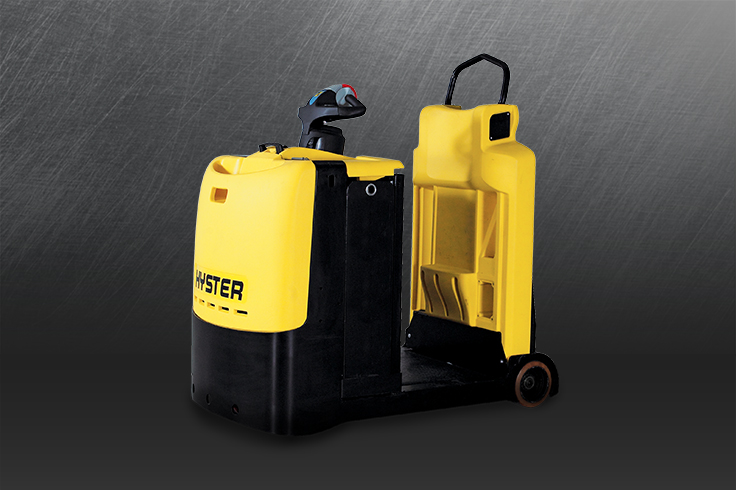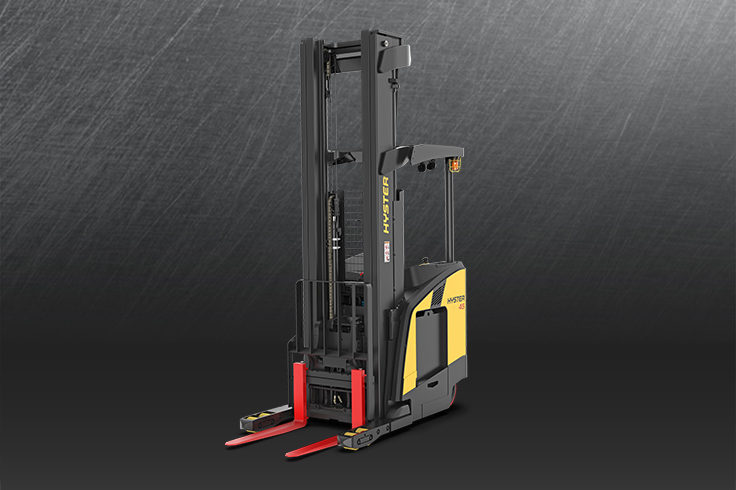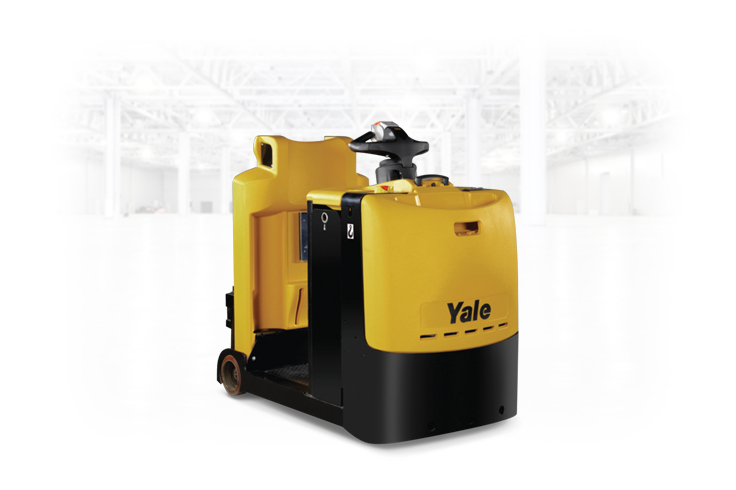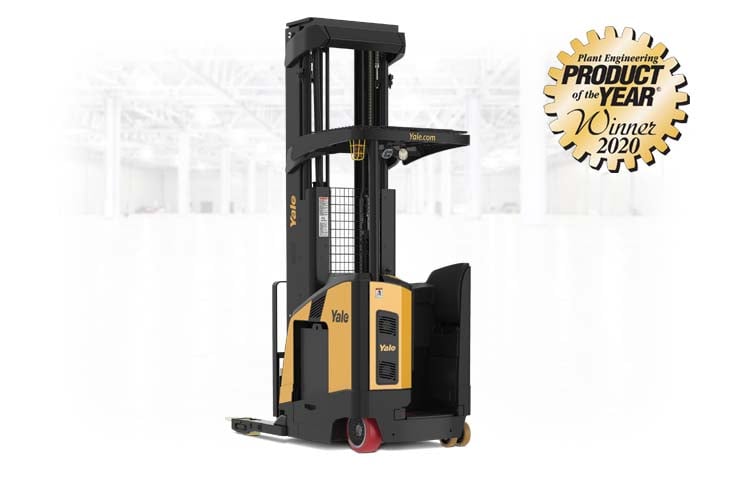Robotics
Embracing Robotics in Industrial Material Handling
Addressing Modern Challenges in Warehousing and Distribution
In today’s fast-paced economic landscape, industrial material handling faces myriad challenges that affect operational efficiency and profitability. Among these, finding and retaining skilled labor is a predominant concern, where warehousing and manufacturing industries experience a high turnover rate and scarcity of available workers. This labor shortage is compounded by the costly outcomes of human error—ranging from simple inventory inaccuracies to significant product and infrastructure damage—which can erode thin profit margins.
- The Rising Cost of Human Error: Mistakes in material handling are expensive, with average inventory inaccuracy rates significantly impacting overall revenues. Traditional manual operations are particularly susceptible to these errors, highlighting the need for more reliable solutions.
- The Price of Damage and Downtime: Accidents and damage to goods, racking, and equipment not only impose direct costs for repairs and replacements but also result in operational downtime, affecting service levels and customer satisfaction. This aspect of warehouse operations is critical and in need of attention to minimize such instances.

- The Shift Towards Automation: Because of these persistent issues, industry is increasingly turning towards technological innovations, particularly robotics, to alleviate the strain on human workers and to enhance precision and efficiency of operations. Robotics in material handling not only addresses the problem of labor shortages by performing repetitive and strenuous tasks, but also significantly reduces errors and damage.
Hyster and Yale: Pioneers in Robotic Solutions
Hyster and Yale have been at the forefront of this shift, offering a suite of robotic solutions that provide robust responses to these industry challenges. Their state-of-the-art automated vehicles optimize workflow, increase productivity, and offer substantial cost savings by mitigating the risks associated with manual labor.
- Real-World Impact and Adaptability: By integrating robotic technology into standard lift truck models, Hyster and Yale deliver scalable automation that fits seamlessly into existing operations without the need for costly infrastructure changes. With a focus on real-time localization, inventory accuracy, and software integration, these robotic solutions present a compelling case for businesses looking to improve their cost structure and reduce operating expenses up to 70%.
- A Future-Proof Investment: In an era where efficiency and agility are key to success, Hyster and Yale’s robotic solutions stand out as future-proof investments that adapt to the ever-changing landscape of material handling. They offer the promise of a more resilient, more productive, and more cost-effective operation.
Hyster and Yale Robotic Solutions
Transforming Workforce Dynamics with Automation
Hyster® and Yale® robotic solutions not only streamline workflows but also provide flexibility, enhance safety, and deliver considerable cost savings. They do this by mitigating goods damage, bearing the tedium of long repetitive traverses, and reducing physical strain on workers.
Spotlight on HYSTER Robotic Models
Yale Robotic Innovations
Advanced Features for Enhanced Operations
The integration of advanced technological features in both Hyster and Yale robotic solutions enhances operational excellence. Core features include Geo-guidance lasers, obstacle detection systems, and intuitive user interfaces that facilitate smooth autonomous operations alongside human workers.
Robotic Lift Truck Innovations
- Emergency Safety Systems: Equipped with visual and acoustic warning indicators, and emergency stop buttons for immediate response.
- Dual Operating Modes: Allows for seamless transition from autonomous to manual control, empowering operators to take over whenever necessary.
- Intelligent Pallet Detection: Advanced sensors provide precise navigation and handling, ensuring accurate load placement and retrieval.
Economic Advantages of Robotic Integration
Adopting Hyster and Yale robotic vehicles can lead to substantial operational cost reductions. With labor representing a significant portion of warehouse budgets and high employee turnover rates, robotic solutions offer a cost-effective alternative to traditional labor, with the potential for a faster return on investment.
Cost-Saving Metrics
- Labor Efficiency: Reposition your workforce to focus on more critical & rewarding tasks, reducing turnover and training costs.
- Inventory Accuracy: Minimize errors in inventory placement and real-time system updates for fewer misplaced items and more efficient operations.
- Reduced Operational Expenses: Robotics average an hourly expense significantly lower than manual operators, contributing to long-term savings.
No-Infrastructure Navigation and Real-Time Localization
Both Hyster and Yale robotic solutions stand out for their infrastructure-free navigation, leveraging the existing warehouse layout without the need for costly modifications. These robotic vehicles use real-time localization to make autonomous decisions, navigating and interacting with the environment intelligently.
Seamless Warehouse Integration
- AGV Comparison: Unlike traditional AGVs, Hyster and Yale robots do not require additional infrastructure, resulting in lower setup costs and easier integration.
- Robust Support Networks: Benefit from Black Equipment’s local support for maintenance, genuine HY Source parts, and service.
Software Integration and Management
- Robotic lift trucks from both brands are designed to integrate with existing ERP and WMS, enhancing the visibility and efficiency of the entire material handling operation.
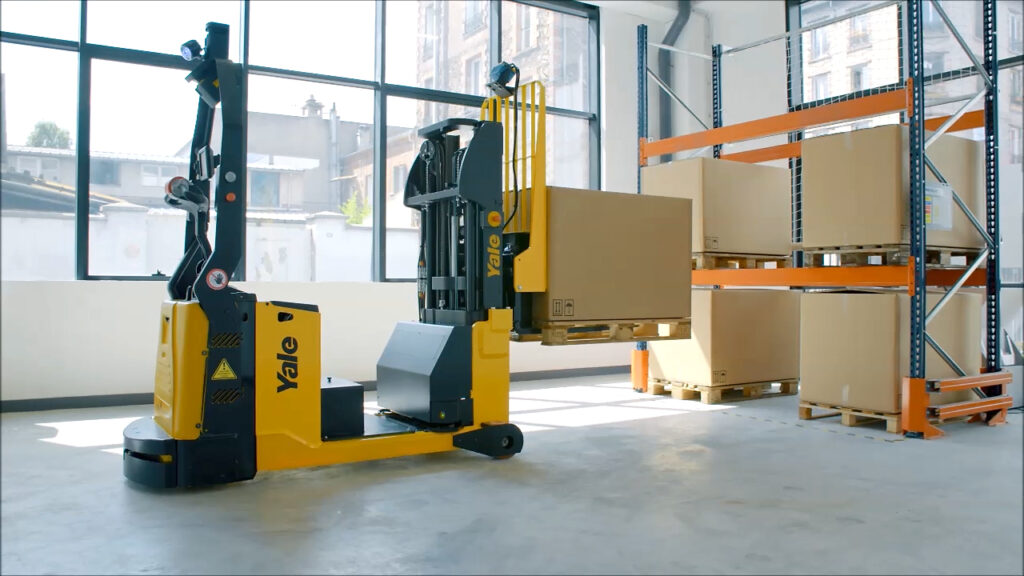
Redefining Accuracy and Efficiency in Warehousing
By incorporating robotic technology into standard production chassis, Hyster and Yale transform lift trucks into versatile automated vehicles that handle both horizontal and vertical transport needs with precision. This technology not only improves cost structure but also contributes to the reduction of operating costs and the enhancement of customer satisfaction.
Improved Bottom Line with Robotics
- Inventory Management: Achieve near-perfect inventory accuracy and significantly reduce the costs associated with errors.
- Task Optimization: Allow robots to handle routine tasks and tedious time-consuming long traverses which frees up your workforce for higher-level functions.
- Flexible Automation: Scale your automation efforts up or down to match the current demand, ensuring efficiency during peak and off-peak periods.
Implementation of Hyster and Yale robotic solutions is a strategic opportunity to modernize operations, reduce costs, improve operator satisfaction, and improve overall efficiency in material handling and distribution centers. With state-of-the-art features, easy integration, and a strong support network, these robotic vehicles are set to become indispensable assets in the evolving landscape of warehouse management.
